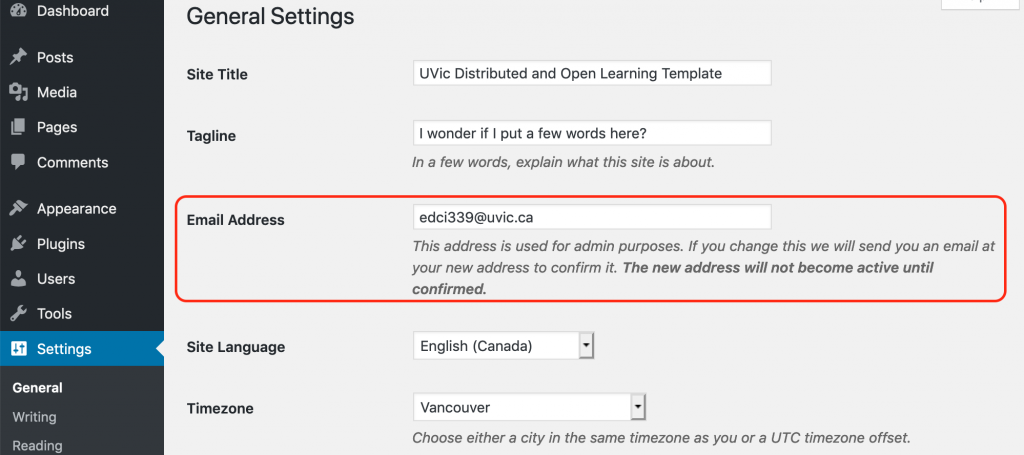The reading in this week further defined what is the “Open pedagogy”. A new word is used for the definition: “OER-enabled pedagogy”. For me, the explaination helps me understand more on what should we exactly do to make the course “open”. Instead of just complete the task, student will “learn by doing” in OER-enabled pedagogy.
The four-part test mentioned in the article is used to identify if the assignment is renewable or disposable. For renewable assignment, student are not just complete the assignment, but also share them to public and make this assignment become a learning resource of others. One of my courses in this semester can pass all four tests. This course is teaching us “how to be an ukelele teacher”. One of the assignment require us to record a video of teaching “Open strings”, which is a basic concept in ukelele study. We need to read the article about how to teach the lesson (the article is on brightspace, but it is from OER), we need to find the song we want to use in teaching, and practice the song by ourselves. Finally, we need to upload the video on brightspace. But the teacher also gives us an option, which is uploading the video on youtube and send him the link. As a beginner of ukelele, I can play ukelele much skillfully after I complete the assignment. There are also some ukelele teacher in this course, and they can use their assignments to teach their own students. We are also invited to share our assignments on Youtube, which is open licensed.
But there is a problem on the four-part test. It can only define how open the course is, but it cannot define how effetive the course is by this “open” methode. The most important part of open pedagogy is letting students “learn by doing”. What if the students never care about feedbacks after they post their assignments to public? For example, in my ukelele course, even if we were required to upload the video to Youtube, we can choose to ignore the feedback from public because that doesn’t help on our grades. In that case, the assignment has no difference from disposable assignment, we just need to complete the task and we don’t care that any more.
It is also considerable that what is the effect of making the course “open”? Is that really make the course more interesting and rewarding? Back to the example of ukelele course, if I was required to upload my video to Youtube, I will face the pressure of being judged by others at the same time I recieve the feedback. Will that pressure become my motivation, or is that going to kill my interest on ukelele? The value of “open pedagogy” is not only on the renewable learning resource, but also on letting students learn by making the resource. It is important to find out how much more students can learn by “learn-by-making” than other ways.
